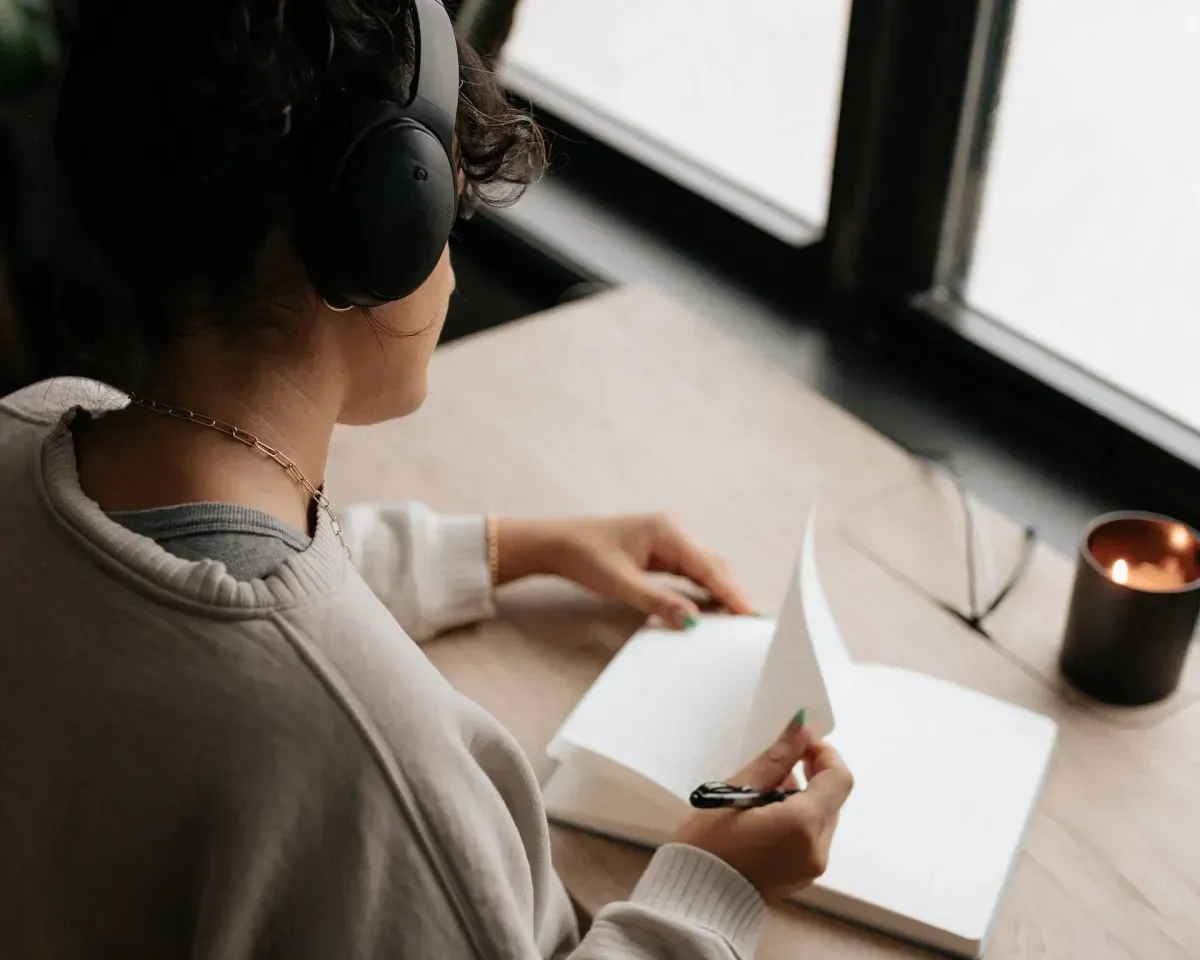
Grounding Therapy
Explore grounding therapy: techniques, benefits, and applications for healthcare professionals. Enhance patient care with evidence-based practices.
Get carepatron free
Commonly asked questions
Yes, you can practice grounding indoors. While outdoor grounding involves direct contact with the earth's surface, many techniques are available to practice grounding indoors. For example, you can use grounding mats or practice mindfulness exercises focusing on the present moment and engaging your senses. These indoor methods can still provide benefits by helping you connect with your body and reduce anxiety symptoms.
The time it takes to experience benefits from grounding can vary from person to person. Some individuals report feeling calmer and more present after just one session, while others may need to practice regularly for a week or more to notice significant changes. Consistency is key—incorporating grounding techniques into daily life can lead to more sustainable benefits.
A simple and effective grounding exercise is the "5-4-3-2-1" technique. Start by taking a deep breath and then identify:
- 5 things you can see
- 4 things you can touch
- 3 things you can hear
- 2 things you can smell
- 1 thing you can taste
This exercise engages all your senses and helps you focus on the present moment, grounding you in your immediate environment and potentially reducing feelings of anxiety. However, note that grounding exercises are different from grounding or earthing therapy.







